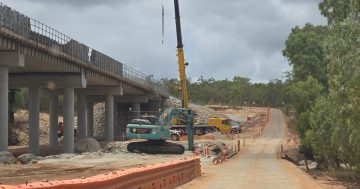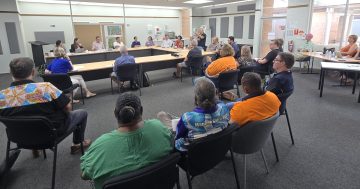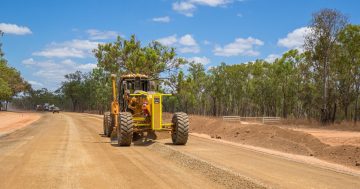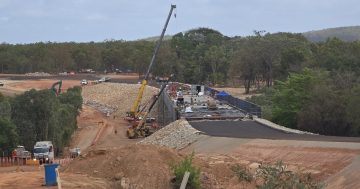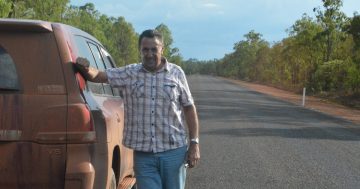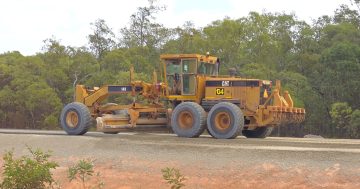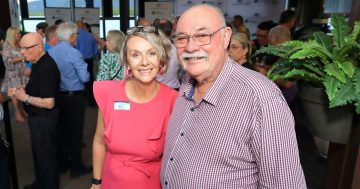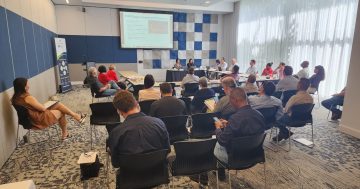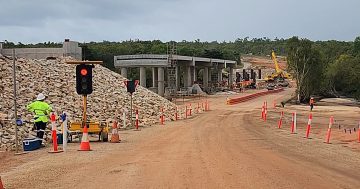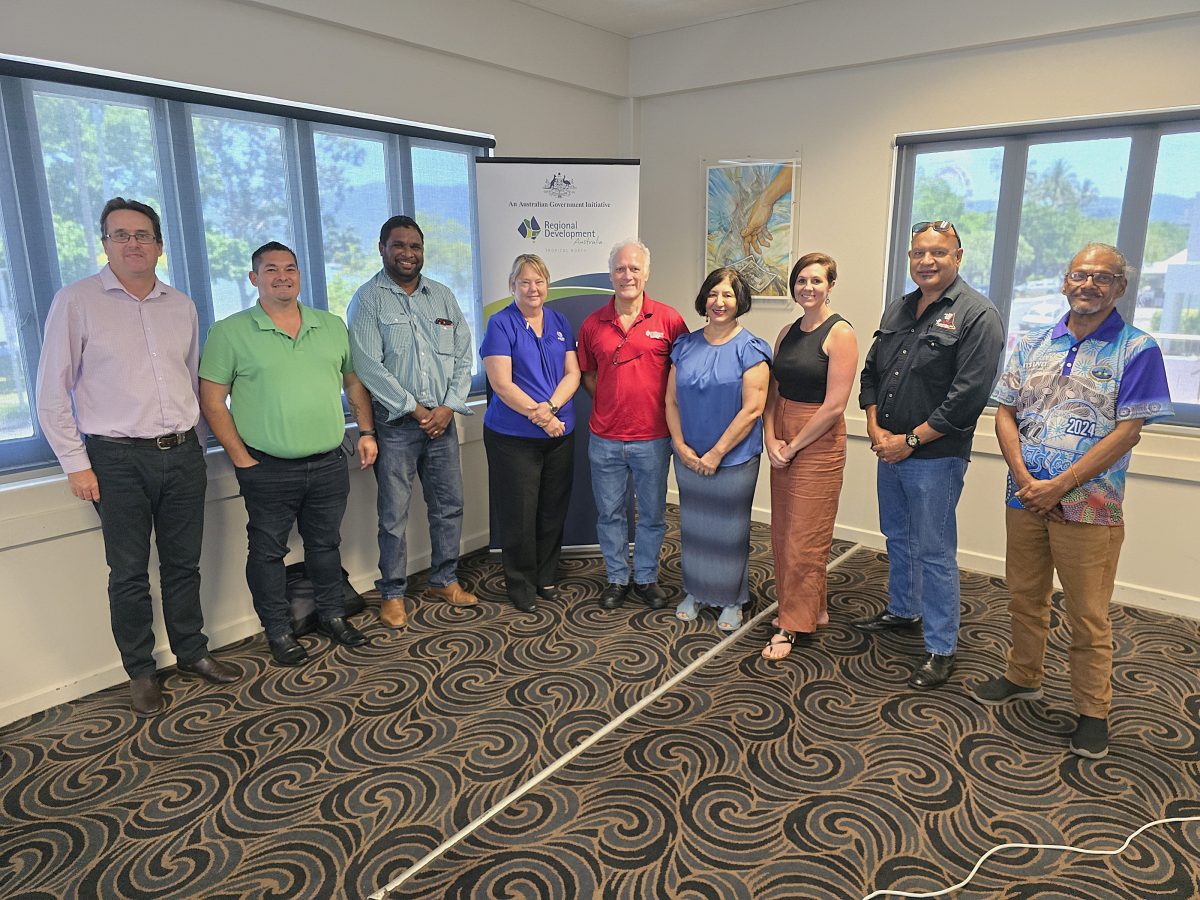
Stakeholders from across Cape York were united in the view that regional collaboration will be the key to unlocking ongoing funding to complete the remaining stages of the Cape York Region Package at a taskforce forum in Cairns on 7 November. Photo: Cape York Weekly.
An ongoing collaborative battle plan involving stakeholders as far south as Rockhampton and west as Mount Isa will likely be required to help realise the vision of a sealed Peninsula Developmental Road (PDR), a Cairns forum has been told.
The Cape York Region Package (CYRP) taskforce hosted the open forum at the Cairns RSL on 7 November to provide an update on the progress of stage two of the project, as well as look at the priorities and funding opportunities involved with stage three.
To date, almost $600 million has been invested in the first two stages of the long-held dream of sealing the PDR to Weipa and upgrading bridge infrastructure, including $323.13m for stage two.
One hundred and sixty-four kilometres of the PDR are left to seal and Department of Transport and Main Roads (TMR) district director (Far North) Darryl Jones told stakeholders the CYRP initially targeted “low-hanging fruit”, something that would not be possible with future stages of the project.
“It’s slowly getting more and more difficult as we go along,” he said, referring to expected road realignments and engineering challenges.
“There will be a distance-for-dollar-type approach … we’re looking to close that 164km gap as much as we can in the next stage.”
Mr Jones confirmed Shelley’s Crossing, north of Laura, was not on the radar for upgrading as part of stage three works, adding there was yet to be any construction given the green light for 2025 as TMR waited on a response from the Federal Government about its resubmitted project proposal report.
The CYRP is currently funded through an 80:20 partnership between Canberra and Brisbane, with a spokeswoman for Premier David Crisafulli confirming to Cape York Weekly the new state government would honour the $60m pledge made by the former Labor government prior to last month’s state election.
“The Crisafulli Government will continue the budgeted $60m, including $20m over the coming four years for stage three of the Cape York Regional Package, and is calling on the Federal Government to also commit funds to the project,” the spokeswoman said.
CYRP taskforce co-chairs Professors Allan Dale and Hurriyet Babacan, who also chairs Regional Development Australia (RDA) Tropical North, said they believed Cape York would struggle to attract the level of federal political interest needed to secure the funding to complete the project without collaborating on an “integrated package for northern Australia”.
“Stage three is going to be a very competitive process,” Professor Babacan said.
“We’ve had a change of government; yes, they’ve committed $60m, but is the Commonwealth going to honour the 80:20 rule? We don’t know yet.
“It is going to take a collective effort working together and advocating our needs and the benefits, given that we’re nationally competing [for road infrastructure funding].
“The RDA, the national RDAs, they’re interested in an integrated package.
“We need to get them (the Federal Government) to think broader than just narrow economic assessment for infrastructure investments, and we have to demonstrate the benefits of these projects at a local level, and we can only do that collectively, between the Commonwealth and the state, and then the different agencies that are here, and the community.”
Mr Jones echoed the sentiment about traditional funding metrics not stacking up when it came to remote infrastructure projects like the CYRP.
“There are a whole lot of other things that benefit from [the upgrade] … not just the standard metrics the governments use.”
Professor Dale said a unified approach from the entire northern part of the state would ensure Cape York’s voice was not drowned out by more politically valuable, high-population areas.
“Twenty thousand voices in Cape York find it hard to influence budget and policy – 250,000 people across Tropical North Queensland still struggle,” he said.
“We had to really have a conversation across the whole of North Queensland about why Cape York is important, and that’s what got a groundswell of over a million people, in effect, talking to the state and the Commonwealth, and keeping the state and the Commonwealth being collaborative.”
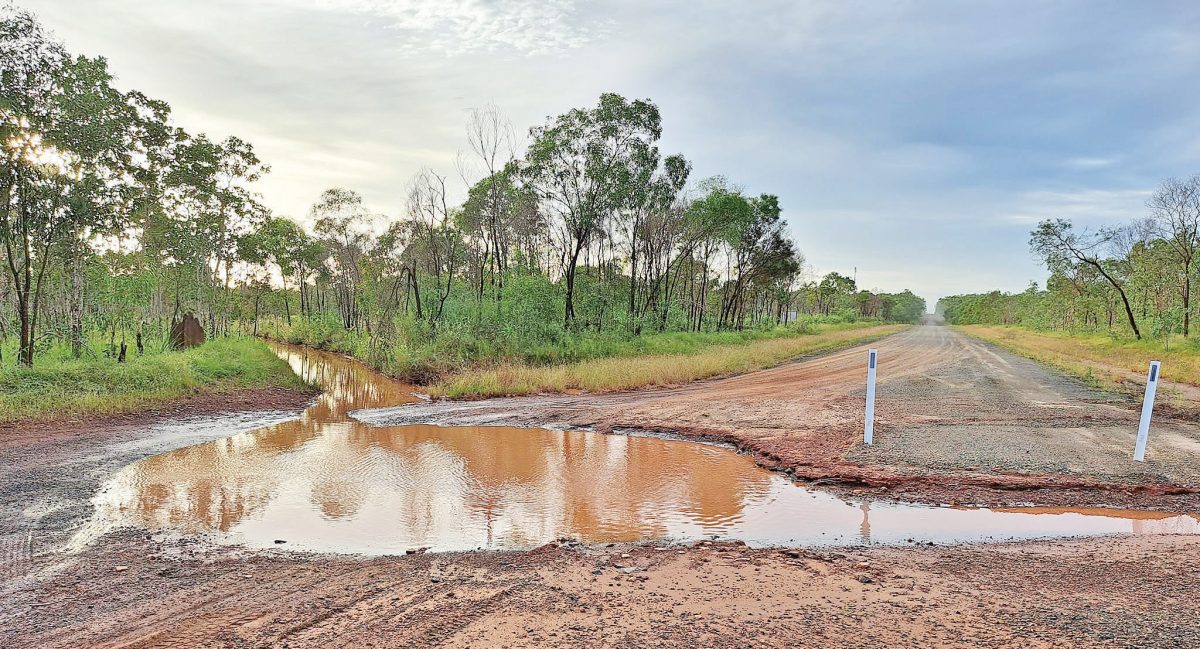
As the fight for stage three Cape York Region Package funding continues, 164 kilometres of the Peninsula Developmental Road remain unsealed, causing the road to be unusable during the wet season. Photo: Cape York Weekly.


